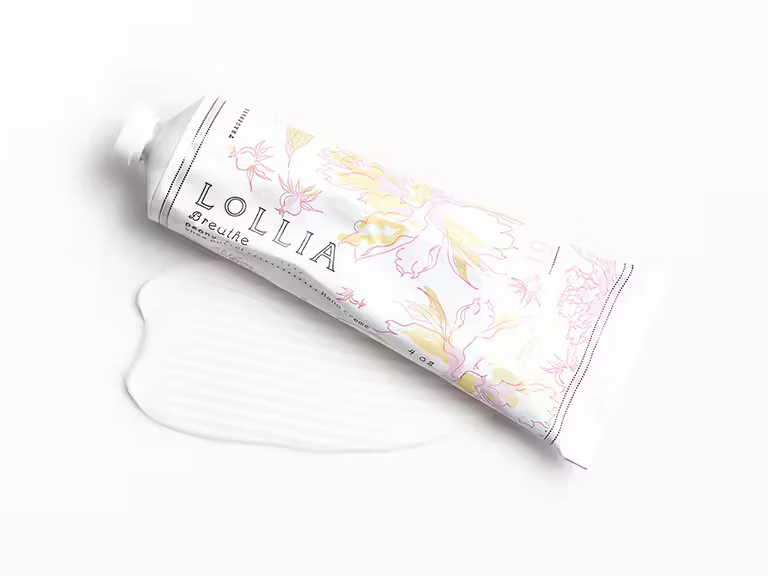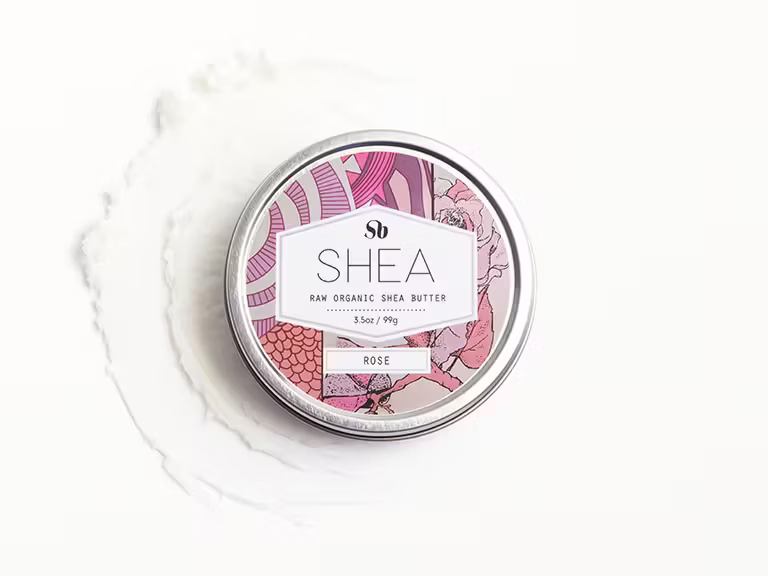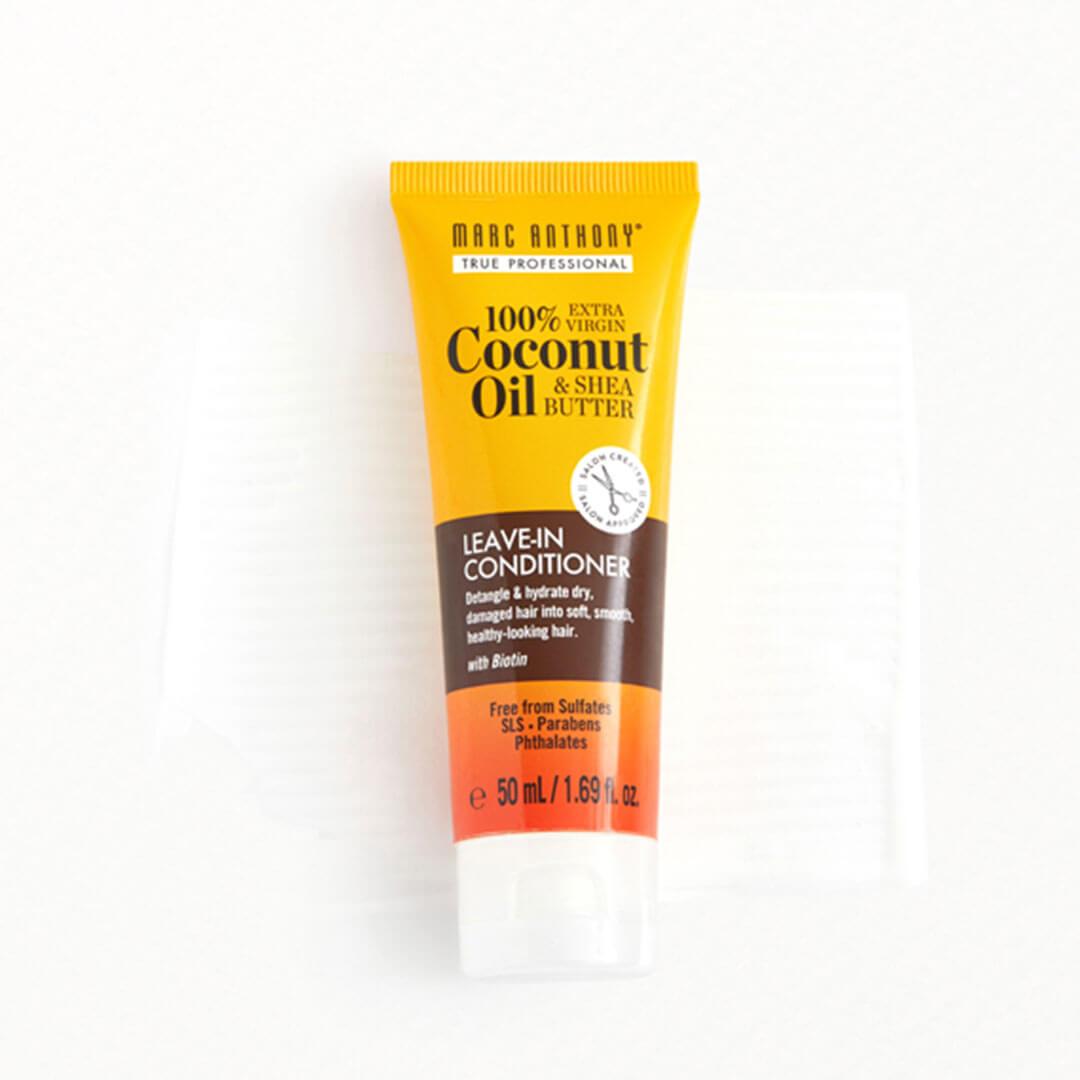Shea Butter Can Benefit Your Your Skin from Head to Toe—Here’s How



Pia Bhattacharya


Dry skin? Split-ends? Acne? Stretch marks? We’ve been there, and we know dealing with any of the above can be frustrating. There are endless formulas to target your skin concerns, but lately, we’ve been reaching for one buzzy (and natural!) ingredient that checks multiple boxes: shea butter. It may sound too good to be true, but there’s a reason why shea butter has been used to treat a variety of skin conditions and hair concerns for centuries, so read on to find out all about the benefits of shea butter, and get ready to incorporate this magical ingredient into your beauty routine.


It's about glam time you treated yourself.
MEET THE EXPERT
Dendy Engelman, MD, FACMS, FAAD, is a board-certified dermatologist and Mohs surgeon at Shafer Clinic Fifth Avenue in New York City.
Josie Holmes is an esthetician at SKINNEY Medspa in New York City.
Hadley King, MD, FAAD, is a board-certified dermatologist in NYC who specializes in medical and cosmetic dermatology. She is also a clinical instructor of dermatology at the Weill Medical College of Cornell University.
So, What Is Shea Butter?
Shea butter is a fat derived from the nut of the karite tree, more commonly known as the shea tree, which is found in Africa. “Shea butter is often used in moisturizers to soothe and hydrate skin, and is beloved for its high concentration of vitamins and fatty acids,” says Dr. Engelman. Thanks to healthy acids including palmitic, stearic, and linoleic acid, shea butter can be used to treat everything from dry skin to damaged hair and has strong moisturizing, antioxidant, and anti-inflammatory properties.
“At room temperature, [shea butter] takes the form of a soft, spreadable solid with a rich texture and off-white color,” says Dr. Engleman. “It’s meant to be applied topically to skin and hair. You can use raw shea butter, and it is also a popular ingredient in creams and soaps.”
What Skin Types Can Benefit From Shea Butter?
Since shea butter is an all-natural, non-comedogenic ingredient, it works wonders on a variety of skin types even though it is a tree nut. “Shea butter is safe for all skin types!,” Dr. Engleman says. “Pretty much anyone can benefit from its moisturizing and healing properties. Even though it comes from a tree nut, it lacks most of the proteins that cause an allergic reaction, making it safe even for many people with nut allergies.”
The Benefits of Shea Butter for Your Skin
1. Shea Butter Can Help Fight Acne
Since shea butter is known for its rich texture and is often used as a moisturizer, it might be surprising to hear that it can also help clear up blemishes and is actually a great option for those suffering from acne. Not only is it anti-inflammatory (more on that later), but it’s also non-comedogenic, so it won’t clog pores. Dr. Engleman says. “In fact, it can actually help prevent pore-clogging and acne breakouts! Shea butter’s composition of fatty acids helps clear pores, while its moisturizing properties lock in moisture for a healthy skin barrier (which means lower risk of acne).”
She butter can also help target two common acne culprits: excess oil and bacteria. Excess oil can be produced when your skin gets really dry. Shea butter serves as a great moisturizer for acne-prone skin by helping to balance out skin’s oil production and keep skin properly hydrated without kicking your sebum glands into overdrive. According to Holmes, it can curb breakouts caused by bacteria because, “The shea nut has been found to have antibacterial and antifungal properties, and since most acne comes from bacterial exposure, shea butter can help reduce breakouts.”
2. It’s Super Moisturizing
Shea butter is like a tall glass of water for dry skin thanks to a rich combination of fatty acids that restore lipids and create moisture once absorbed by your skin. According to Dr. Engelman, “ Because shea butter has a high number of good fatty acids like oleic, stearic, and more, it melts into the skin to quickly hydrate and protect skin from future dryness.”
3. It Has Anti-Aging Benefits
Want to target signs of premature aging caused by stress and pollution? Pass the shea butter. Vitamins A and E in shea butter serve as natural antioxidants, and it can also boosts collagen production, stimulate cellular regeneration, boosts skin’s elasticity, and fight free radicals in their tracks. “Shea butter has phenolic components that function as antioxidants, which can help protect the skin from damage from free radicals,” says Dr. King.
By stopping free radicals, you reduce your chances of developing premature wrinkles. Dr. Engleman adds, “The high antioxidant content of shea butter makes it a great asset in reducing signs of aging like uneven skin texture and tone, fine lines and wrinkles, hyperpigmentation, and more.”
4. Shea Butter Can Smooth Razor Bumps
Even if you have sensitive skin, shea butter can help minimize razor burn. Not only does it provide much-needed moisture without clogging pores or irritating skin, but it also reduces redness and inflammation thanks to its healing properties. Pro tip: Apply shea butter a day before shaving to smooth the skin and hair of the surrounding area—this will help reduce irritation caused by your razor.
5. It’s an Anti-Inflammatory
Whether you want to reduce the appearance of a pimple or are looking to alleviate swelling caused by a sunburn, look no further than shea butter. “The plant esters of shea butter have been found to have anti-inflammatory properties,” says Dr. King. “When applied to the skin, shea butter triggers a reduction in pro-inflammatory cytokines.”
Shea butter’s anti-inflammatory properties also provide soothing relief for those suffering from skin conditions like eczema, rosacea, and dermatitis. Dr. Engelman says, “Shea butter contains plant esters, which are anti-inflammatory. When applied topically, shea butter causes certain cells to slow down production, which can ease inflammation, irritation and even certain skin conditions like eczema.”
6. Shea Butter Can Help Make Stretch Marks Less Visible
While shea butter won’t make your stretch marks disappear overnight, it can minimize their appearance thanks to its ability to increase cellular turnover. As you shed dead skin cells from the top layer of your skin, over time your marks become less noticeable. Recent studies have also found that using shea butter on stretch marks can help the skin’s healing process. “It's thought that shea butter may inhibit keloid fibroblasts, which form scar tissue, from reproducing, while encouraging healthy cell growth to take their place,” says Dr. King.
Using shea butter on a constant basis also keeps your skin moisturized, which helps prevent stretch marks from forming in the first place, making it a go-to if you’re pregnant and interested in taking preventive measures to avoid them. “Skin that's well moisturized is more supple and better able to withstand the forces of stretch,” says Dr. King. “Plus, massaging the skin also has been found to reduce the risk of stretch mark development. Massaging the skin with an emollient like shea butter may potentially decrease the risk of stretch marks.”
7. It Helps Protects Against Sun Damage
Shea butter contains a very low level of SPF (approximately 3-4 to be exact). While you shouldn’t apply shea butter in place of sunscreen, think of it as an SPF enhancer that can prevent signs of premature aging caused by the sun’s UV rays. “Shea butter can be used in conjunction with sunscreen to add antioxidant properties that help protect from free radicals from UV radiation,” says Dr. King. Shea butter contains triterpene esters, like cinnamic acid and tocopherols, which absorb UV-B rays. The phenolic components in shea butter also have antioxidant properties that provide protection against free radicals—the culprit behind photoaging.
8. It Can Fight Skin Infections
By now it’s clear that shea butter is a major multitasker when it comes to skincare and can even accelerate the healing process if you’re suffering from a skin infection caused by fungi. “Shea butter has been shown to be able to kill spores of some fungi that commonly cause ringworm and athlete's foot,” says Dr. King.
9. Shea Butter Helps Boost Collagen Production
Collagen is like the scaffolding of our skin, and while our collagen levels decrease naturally over time as we age, shea butter can promote collagen production, leaving you with a more supple complexion. “Shea butter contains a very important component: triterpenes,” says Holmes. “These natural compounds are widely used for healing assistance and help to induce cell turnover, cellular movement, accelerate tissue repair, and collagen production.”
10. It Helps Heal and Fade Scars
“Shea butter has a multitude of healing benefits. In addition to soothing dry skin, shea butter is antifungal, anti-inflammatory, and contains high levels of antioxidants,” says Dr. Engelman. “Shea butter also aids in cell regeneration, which can help the skin heal more quickly and reduce the appearance of scars and stretch marks. You may notice it as a prominent ingredient in after-sun care products because the oils in shea butter can reduce redness and help soothe burns.”
Shea Butter Can Help Your Hair, Too
1. Itchy Scalp? Shea Butter Is Super Soothing
If you suffer from an itchy, dry scalp, shea butter can help. Thanks to its anti-inflammatory properties and essential fatty acids, shea butter soothes and calms irritation without clogging your hair follicles. “A 2018 review found that shea butter used in combination with other moisturizers, could help decrease dandruff flakes and reduce risk of flare-ups,” says Dr. King.
2. It Helps Repair Damaged Hair
Shea butter deeply hydrates our skin and creates a protective barrier to lock in moisture—and it does the same for our hair by coating the hair shaft to protect against harsh external conditions. This makes shea butter a miracle worker when it comes to hair care. Damaged, overtreated, colored hair benefits from added moisture, which shea butter helps restore. It can also be used as a heat protectant before styling your hair with a blow dryer or iron.
3. Shea Butter Can Seal Split Ends
Split ends happen. And if you’re not comfortable taking scissors to your ends, shea butter can help smooth things over until your next trim. Shea butter seals down the hair cuticle, reducing the appearance of split ends, while a potent combination of vitamins A and E strengthens hair strands to help prevent breakage.
4. It Can Help Prevent Hair Loss
Hair naturally sheds, but if you’re experiencing hair thinning, and seeing more hair fall out than usual (we’ve been there), try an at-home shea butter treatment. “A lot of people who suffer from thinning hair are actually dealing with unhealthy hair that is prone to breakage,” says Holmes. Shea butter strengthens hair, making it more resistant to breakage. Less breakage means thicker, longer hair.
5. It’s Perfect for Moisturizing Curly Hair
The secret to bouncy, shiny curls? Shea butter. Curly hair naturally craves moisture, and shea butter serves up the hydration it needs while also reducing frizz and keeping curls healthy. Curly hair is naturally more porous and contains a lower pH level, but shea butter can help lock in moisture by sealing the cuticle.
Ready to Try Shea Butter in Your Beauty Routine? Here’s How
We suspect that once you discover the benefits of shea butter for your skin, you’ll want to wear it everywhere—and luckily, there are shea butter formulas to get you soft, smooth, and hydrated from head to toe.
To Hydrate Hands:

This floral-scented LOLLIA Breathe Shea Butter Handcreme is a savior for dry hands (especially with all the handwashing we’ve been doing). Shea butter is accompanied by nourishing oils including avocado and macadamia, plus cocoa butter and aloe leaf to soften and smooth. Keep this handy to nix rough, dry hands, soften cuticles, and lock in moisture for the long haul.
To Nourish Your Complexion:

L’OCCITANE Shea Light Comforting Face Cream is a non-comedogenic face moisturizer that’s here to save your skin! Infused with the goodness of shea butter, it’s instantly comforting and hydrating. Even in the face of changing temperatures and pesky pollution, your skin will stay nourished and happy, radiating with a gorgeous glow.
To Moisturize Your Body:

You can slather on raw shea butter that you find at your local drugstore (it’s also safe to use on your face!), or you can opt for SHEA BRAND Raw Organic Shea Butter in Rose & Jasmine that already incorporates the natural ingredient. Made with vitamin E oil, fatty acids, lipids, and essential oils, these deeply moisturize and nourish—plus, they smell amazing.
To Soften and Condition Your Hair:

If you have curly hair you can swap your conditioner for pure shea butter, using it twice a week in the shower. If you just want to treat split ends, or if you have fine hair, only apply a small amount to the ends. Store your shea butter at room temperature to yield the best results. Looking for less of a DIY? The MARC ANTHONY 100% Extra Virgin Coconut Oil & Shea Butter Leave-In Conditioner moisturizes strands and boosts shine for all hair types.
Want to try more products with skin-loving ingredients? Take our Beauty Quiz now to get started with your own IPSY beauty subscription. Already an IPSY member? Refer your friends to earn points, which you can use toward products. Either way, don’t forget to check us out on Instagram and TikTok @IPSY.
Like this article? Share it with your friends by clicking the icons below!
Liked this post? Share!
Related Stories


Ingredient Index
Why Argan Oil Is the Versatile Ingredient Everyone Needs in Their Beauty Routine
Published on Oct 15, 2025 • 8 min read


Ingredient Index
Every Skincare Ingredient You Should (and Shouldn’t!) Use With Vitamin C
Published on Oct 2, 2025 • 9 min read


Ingredient Index
No, Not All Peptides Are the Same, But All Are Beneficial
Published on Aug 12, 2025 • 4 min read


Ingredient Index
Top Anti-Inflammatory Ingredients to Soothe Irritated Skin
Published on Aug 5, 2025 • 6 min read


Ingredient Index
Iron Oxides Are the Skin-Protecting Ingredients Your Routine Has Been Waiting For
Published on Mar 14, 2022 • 3 min read


Ingredient Index
Galactomyces Is the Latest Skincare Ingredient You’re About to See Everywhere
Published on Jul 10, 2025 • 3 min read


Ingredient Index
Everything to Know About the Gentle Healing Ingredient Bisabolol
Published on Jul 10, 2025 • 6 min read


Ingredient Index
Yes, You Should Be Using Adapalene If You Have Acne
Published on Jul 10, 2025 • 4 min read


Beauty Picked Just for You
Get 5 products worth up to $70
Plus exclusive access to epic deals up to 80% off
Starting at just $14/month. Cancel anytime.